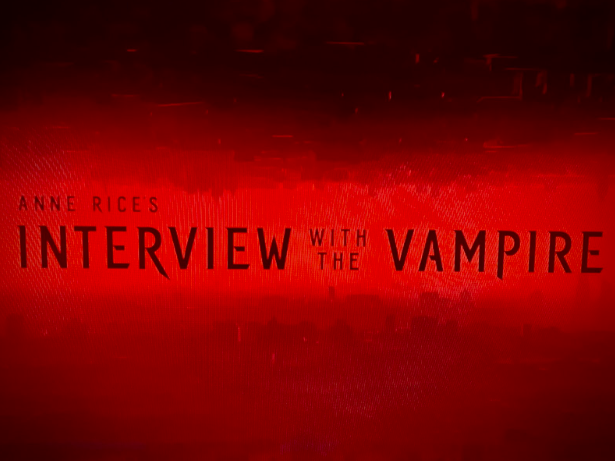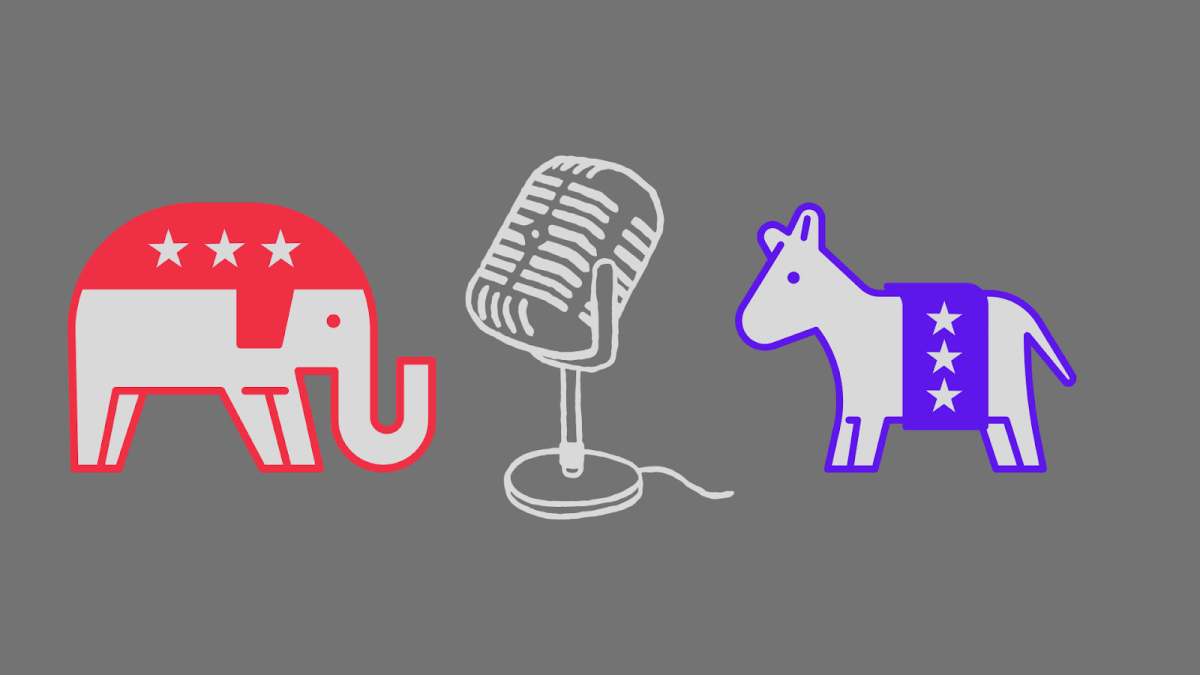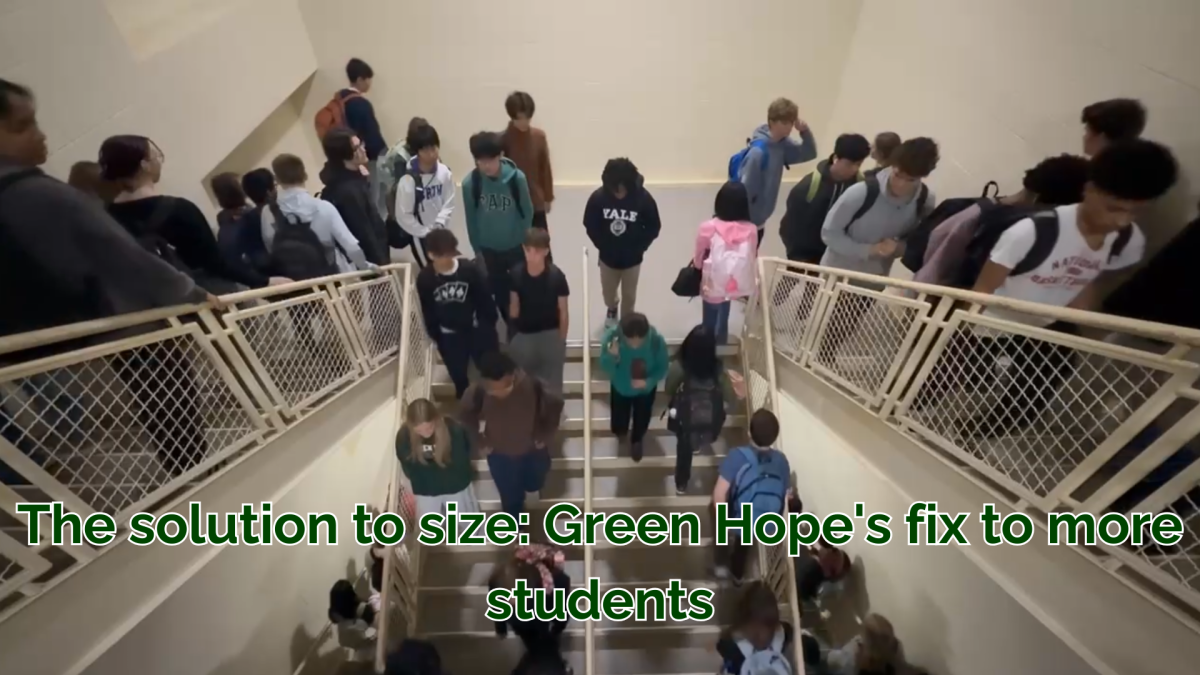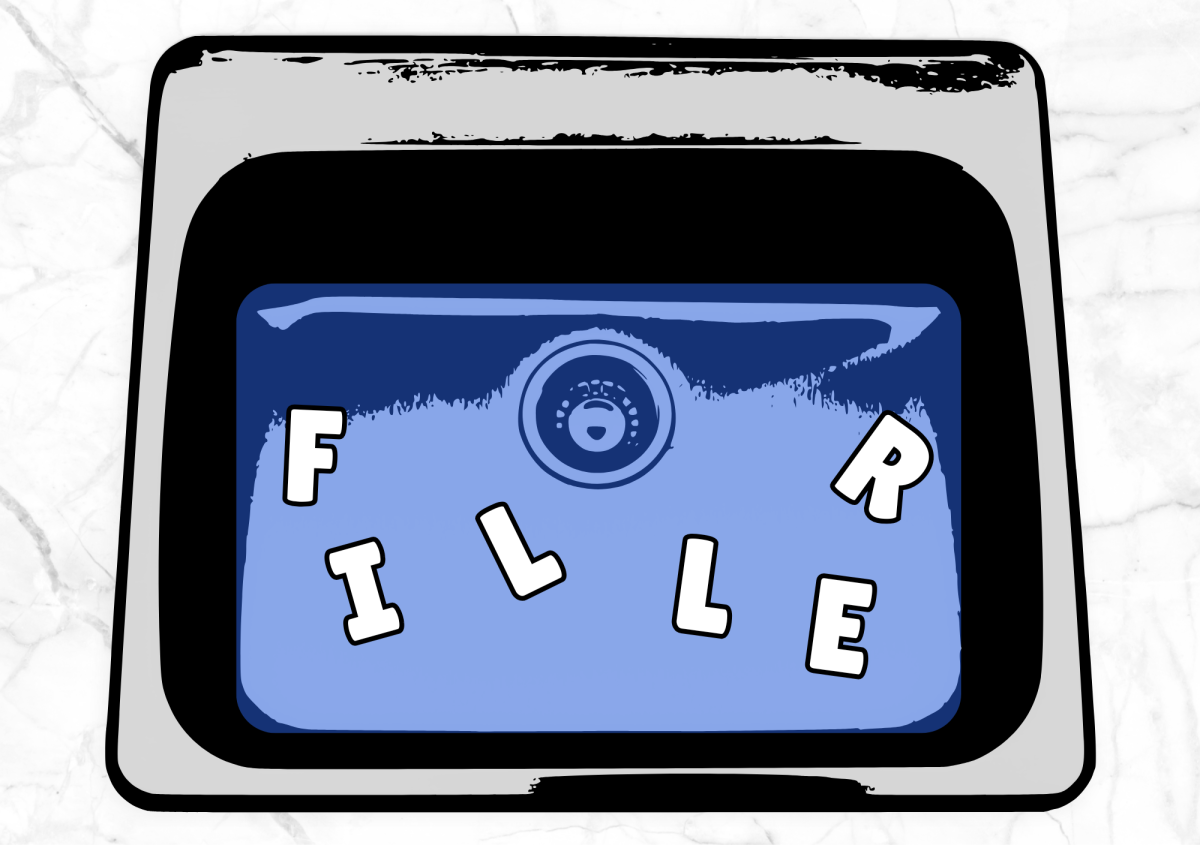To put it lightly, the new eight-episode standard that is enforced onto a variety of shows is idiocy served on a silver platter. All the elements that flesh out a good series, including storytelling, character development and world-building are condensed due to the series only being a third of the length they should actually be. However, when observing the ever-changing expectations of the entertainment industry, this should come as no surprise to anyone.
In a great deal of ways, things are just not what they used to be. The world is changing at a pace faster than it ever has before; a single blink could cause someone to miss out on all the new advancements achieved. The entertainment industry, in all of its glory, is no exception.
With all the emphasis being placed on a series being “bingeable,” it makes sense that streaming services would tailor their content towards this shift. Instead of a show having one episode released on a weekly basis like the way it used to be, the streaming industry has popularized dropping the entire season in one go.
The anticipation that bubbles up in not knowing the endpoint of a series is practically nonexistent— what is the point when every episode is already laid out and waiting to be watched? The faster a person binge-watches a show, the faster they can receive the instant gratification of finishing it.
It would not be a stretch to say that the majority of people have a challenging time staying focused on one thing at a time. Short attention spans have always been an issue among viewers, but with the amount of stimuli that the average person is surrounded by on a daily basis, this issue has worsened, and it is no wonder that streaming services cater their content to align with this observation.
The eight-episode format is a better fit for binge watching, more than any other show that offers its viewers one episode at a time— why? Simply because it has a lot less episodes and is not as plot heavy as a longer show would be. The entertainment industry knows its audience; they understand that the 20 episode series they used to put all their money into no longer lines up with the desires of their viewers. In the age of Netflix, Hulu, Apple TV and Disney+, binge-watching is exactly what is best for business.
However, just because something can turn a quick profit does not make its faults inexcusable. From a consumer perspective, this new standard that streaming services are steadily inserting into their shows has ruined the experience of watching television.
For one, how is anyone supposed to feel immersed in a streaming series when there are only eight episodes in each season? Many shows of the 2000s and 2010s had almost triple the episodes all contained in one season, instead of eight—it was usually around 22. This was the length at which storytelling could be told in the most effective way.
For example, “Once Upon a Time” (2011), ended with seven seasons and a total of 155 episodes aired. For each season of the show, with exception to season five, there were 22 episodes produced. “Once Upon a Time” followed Emma Swan, who reunited with her son, Henry, after she decided to give him up a decade earlier.
The story takes place in the enchanting town of Storybrooke, Maine where Henry is convinced that the residents are actually characters from fairy tales and, most importantly, Emma is the daughter of Snow White and Prince Charming. Even though the synopsis places an importance on the fictional stories that people grew up with— the show was more than just taking classic fairy tales and branding them with a touch of modernity.
At its very core, “Once Upon a Time” was dependent on the various relationships and connections made along the way as everyone tried to make sense of the bizarreness going on around them. Trying to condense all of that into a few hours would lessen the effects of the narrative the show is clearly trying to convey.
Rather than an intersection of multiple paths that lead to subplots and a deeper exploration of the character’s presence in a series, the eight-episode standard is a straight, narrow road with a singular goal in mind— getting the story to start then letting it end.
This leaves no room for filler content for viewers to immerse themselves in. Usually, when people call an episode filler, it is because it adds nothing to the main storyline. However, filler episodes are not just a way to put some distance between the main narrative and the side stories, they also help round out a cast of characters for a deeper story. Whether it is a beach episode or the main cast goes on vacation, fillers still make room for deeper understanding of a show’s characters.
Filler material helps build a world that is more complex than the one people view during the central plot, which creates a plot that significantly differs from its starting point and expands on its own. There is no room for fillers inside an eight-episode season. There is simply a start and an end with no space for anything in-depth. On top of that, streaming services have severely butchered the appropriate length for a show to release a next season.
The reduction of filler material in shows all started with one of Netflix’s most popular shows, “Stranger Things” (2016). The first ever episode of “Stranger Things” aired on July 15, 2016; and the most current episode of the show, which was during season four, dropped on July 1, 2022. It took Netflix a total of six years to produce four seasons, but across four seasons, there have been only 34 episodes in total.
To put that number into perspective, at 34 episodes, “Gilmore Girls” (2000) was almost halfway through its second season, which, of course, came out only a year after its first season. Unlike many streaming shows today, there was not an unnecessary gap in filming time.
The newest season of “Stranger Things” is supposed to premiere during 2025. Altogether, it took Netflix nine years for five seasons of a single show.
With that much time in between seasons, the actors who played teenagers on the show have clearly outgrown their own characters. People are going to age regardless, though, these long periods of time that go without filming does not do the cast justice.
There is always an argument of quality over quantity when it comes to television shows, and to an extent, that is true. However, it is hard to look back in time with the standards surrounding television and not compare it to how it is now.
There used to be shows where seasons were released consistently, each with enough filler to make the story more thorough, however this is no longer the case. Quality over quantity goes straight out the window when the supposed “quality” is not worth the amount of time it takes to make.
Unfortunately, it is undeniable that this model works for the streaming industry. Those behind the scenes know the importance of a show being “bingeable” and use that for their benefit. It does not matter how long it takes for one season to be aired, as people will always be coming back for more.
The flaws of this new standard are buried under the pile of money streaming services make off of it. That is the reason why streaming services appear to be rather reluctant to take risks with the content they are putting out— it is apparent that to the higher-ups, there is no point in fixing what is not broken.
While streaming and network television have more differences than similarities. Streaming services can learn a thing or two from them on how to keep their audiences properly immersed within the storyline.









































































